Green growth and sustainable development will continue to be the dominant trend of the textile and garment industry in 2025. This is a pressure but also brings opportunities for businesses.
Highly competitive
In 2024, Vietnam's textile and garment industry will reach the finish line with 44 billion USD, ranking 2nd in the world in garment exports. Notably, in the series of 12 competitive criteria, there are some criteria that Vietnam's textile and garment industry is on par with, or even surpasses, the 'big guy' China, such as: Production quality, delivery time, flexibility in order quantity, innovation and ability to develop products with buyers... Notably, in terms of compliance/sustainability, Vietnam ranks first among the 6 largest textile and garment exporting countries in the world.
According to analysis from the Vietnam Textile and Apparel Association, there are many factors that create high competitiveness of the industry. In particular, Vietnam's politics and macro-economy are stable, labor price and labor skill advantages compared to some countries; new generation Free Trade Agreements (FTAs) open up markets with large populations and high incomes (the Comprehensive and Progressive Agreement for Trans-Pacific Partnership (CPTPP) has 500 million people; the Regional Comprehensive Economic Partnership (RCEP) has 2.2 billion people); FTAs with a short tax reduction roadmap to 0% not only promote production and business efficiency but also attract resources for developing domestic raw materials.
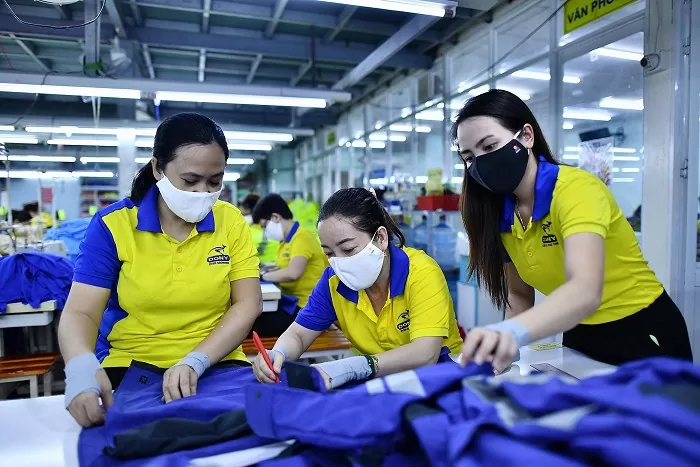 |
| Green production and sustainable growth will be the dominant trends of the textile and garment industry in 2025. Photo: Dony |
At the same time, Vietnam is in the process of promoting institutional reform to create a more open business environment, which is also a good factor to attract investment, while promoting the production and export of textiles in particular and goods in general.
Entering 2025, the forecast is still an unpredictable and challenging year that needs to be monitored and updated continuously. The International Monetary Fund (IMF) also pointed out a number of risks that have a major impact on the growth outlook in 2025, including: The risk of disruption/disruption of the supply chain as well as delays in monetary policy easing due to escalating conflicts in the regions; China's slowing growth (mainly due to the impact of the real estate sector) could create negative spillovers globally due to China's role in global trade; protectionist policies and increasing trade wars.
Vietnam's economy is expected to maintain stable growth in 2025. The US's additional tariffs will make textile orders from China more expensive than usual, and this is a good opportunity for competitive countries, including Vietnam, to take the lead in receiving orders, including textiles and garments moving from China if they comply with origin requirements.
Regarding the industry, Mr. Vu Duc Giang - Chairman of the Vietnam Textile and Apparel Association - informed that there is no need to worry about orders. Many businesses have orders until the end of the first quarter of 2025 and are negotiating for the second quarter of 2025, however, the unit price is determined to be low. In addition, limitations in logistics infrastructure, shortages and competition for labor in production centers and large industrial parks are causing many difficulties for businesses in organizing production in the coming year.
“ However, in 2025, the Vietnamese textile and garment industry still aims to achieve 47-48 billion USD in export turnover, an increase of about 9% compared to 2024 ,” Mr. Giang informed. At the same time, he said that this is quite a challenging goal, in the context of increasingly dense green standards and sustainable development standards.
From the business reality, Mr. Pham Quang Anh - Director of Dony Garment Company Limited - said that the business's goal in 2025 is quite modest compared to the 50% growth rate in 2024. The reason is that, like in 2024, the textile market in 2025 will be unstable, Dony's goal is to maintain a stable customer base, continue to research and invest to optimize production, reduce costs, and increase product competitiveness.
Persistent on sustainable development goals
Thus, 2025 is forecasted to continue to be a challenging year for the textile and garment industry, especially digital transformation and green growth towards sustainable development goals continue to be a major requirement. To achieve the growth target for 2025, the Vietnam Textile and Apparel Association has identified 5 important solutions.
Firstly, in terms of investment, the association attracts high-tech textile and dyeing finishing projects to the industrial park; invests in the production of new environmentally friendly natural materials; and invests in the development of the textile and garment fashion industry.
Second, in terms of market, diversifying sources of raw materials, customers, markets, and products; improving marketing capacity, finding direct customers; strengthening linkages to gradually shift from processing to higher production methods; developing new brands and products.
Third, in terms of human resource development, the association coordinates training of high-quality human resources for administration, technical management, design, new technology, digital transformation and green transformation.
Fourth is the solution for science and technology development, promoting research on the application of new environmentally friendly technologies, materials, and raw materials or technology transfer; comprehensive quality management; improving the capacity of research facilities and the quality of topics. At the same time, research on digital transformation applications.
Finally, there are solutions for capital mobilization for the construction of large industrial parks, wastewater treatment, rooftop solar power, fashion centers; implementing programs on green credit, financial leasing for green technology conversion, recycling; capital for developing domestically available raw materials (mulberry, jute, hemp, banana, pineapple, etc.)
From the perspective of an enterprise, Mr. Dang Vu Hung - Chairman and General Director of PPJ Group - believes that sustainable development is both an opportunity and a challenge for enterprises. In terms of opportunities, enterprises have the ability to optimize production processes; control norms, reduce costs and input resources; reduce emissions, and create a solid foundation for building a circular economy...
However, to get those opportunities, textile and garment enterprises must solve the "problem" of costs for applying advanced technology in production, costs for green conversion. At the same time, how to adapt to changes in the market and consumers...
The solution to these problems, according to Mr. Dang Vu Hung, is for domestic textile and garment enterprises to strive to reduce resource consumption, limit environmental impacts; and balance net zero within the enterprise. At the same time, find solutions to further close the loop of the production process.
Source: https://congthuong.vn/phat-trien-ben-vung-xu-huong-noi-troi-cua-nganh-det-may-trong-nam-2025-364716.html


![[Photo] President Luong Cuong presents the decision to appoint Deputy Head of the Office of the President](https://vphoto.vietnam.vn/thumb/1200x675/vietnam/resource/IMAGE/2025/5/8/501f8ee192f3476ab9f7579c57b423ad)
![[Photo] Prime Minister Pham Minh Chinh meets with the Policy Advisory Council on Private Economic Development](https://vphoto.vietnam.vn/thumb/1200x675/vietnam/resource/IMAGE/2025/5/8/387da60b85cc489ab2aed8442fc3b14a)

![[Photo] General Secretary concludes visit to Azerbaijan, departs for visit to Russian Federation](https://vphoto.vietnam.vn/thumb/1200x675/vietnam/resource/IMAGE/2025/5/8/7a135ad280314b66917ad278ce0e26fa)
![[Photo] General Secretary To Lam begins official visit to Russia and attends the 80th Anniversary of Victory over Fascism](https://vphoto.vietnam.vn/thumb/1200x675/vietnam/resource/IMAGE/2025/5/8/5d2566d7f67d4a1e9b88bc677831ec9d)
![[Photo] National Assembly Chairman Tran Thanh Man chairs the meeting of the Subcommittee on Documents of the First National Assembly Party Congress](https://vphoto.vietnam.vn/thumb/1200x675/vietnam/resource/IMAGE/2025/5/8/72b19a73d94a4affab411fd8c87f4f8d)


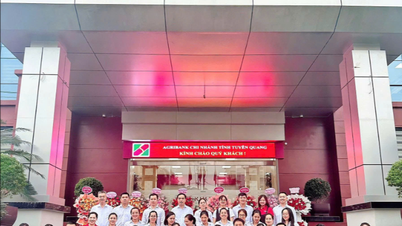

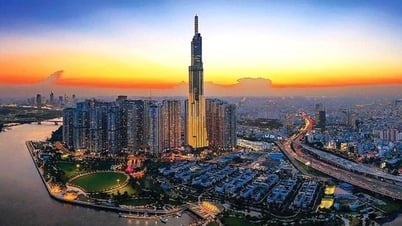


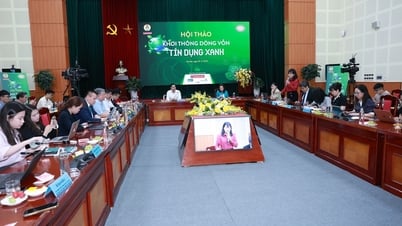


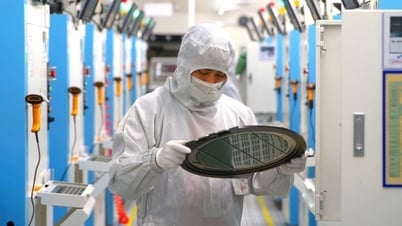

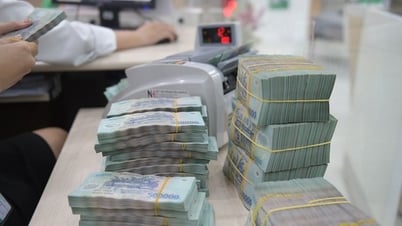

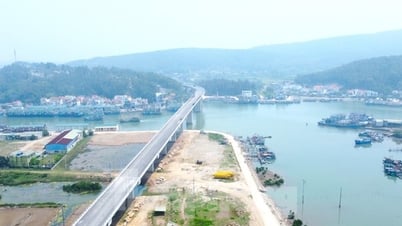





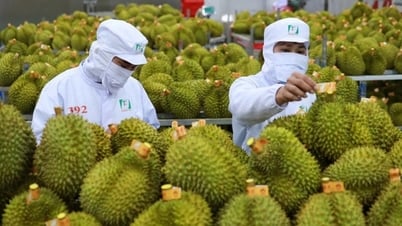
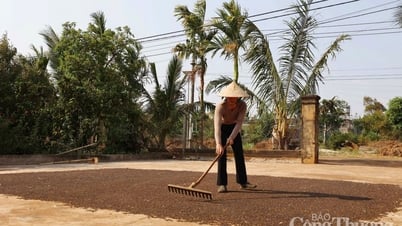
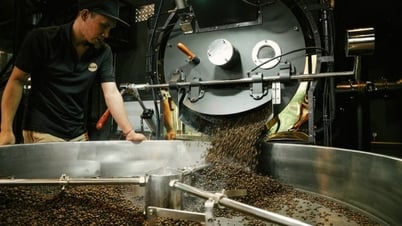




















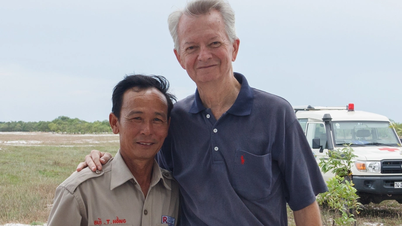











![[Photo] Prime Minister Pham Minh Chinh talks on the phone with Singaporean Prime Minister Lawrence Wong](https://vphoto.vietnam.vn/thumb/402x226/vietnam/resource/IMAGE/2025/5/8/e2eab082d9bc4fc4a360b28fa0ab94de)
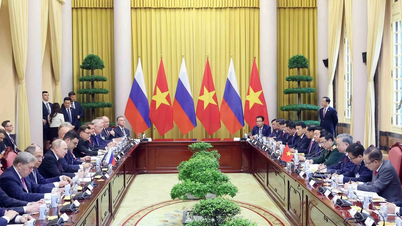

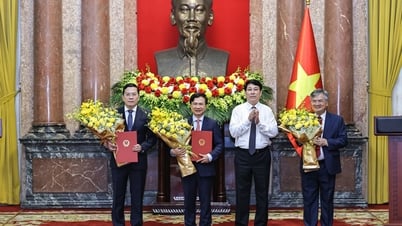




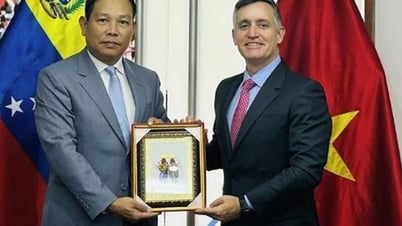

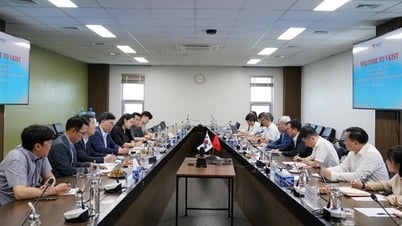

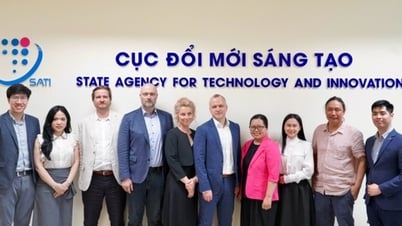





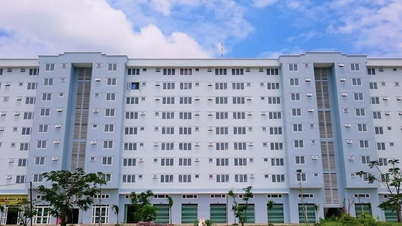












Comment (0)